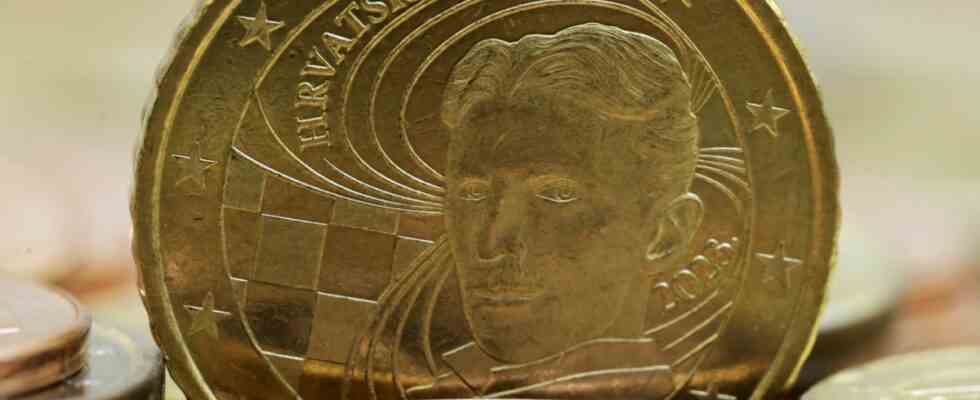When it was born in 1999, the euro was seen as a promise. Monetary union promised stable prices, low interest rates and prosperity. At that time, many EU countries did everything they could to meet the economic requirements, the so-called Maastricht criteria. Above all, the smaller and economically weaker of the original eleven member states hoped that by joining the euro zone they would create long-term stability and economic growth for their citizens.
Due to these promises of prosperity, the currency union has been able to grow more and more throughout its history. Croatia will now be the 20th member at the turn of the year – Lithuania joined in 2015. The accession stories are similar in parts, because Croatia is also experiencing an expensive debate. Inflation there was 13.5 percent most recently, and many of the four million Croatians fear even higher inflation because traders are more likely to round the new euro prices up rather than down.
In Croatia, the end of the kuna and the abandonment of national monetary policy are causing less controversy than was observed in Germany with the end of the deutschmark. The mistrust of the domestic currency there goes back to the hyperinflation in socialist Yugoslavia since the 1990s. At that time, the D-Mark functioned as a parallel currency, but also since the 1960s, when guest workers brought their income home in D-Marks. Later, the euro took over this function as a safe haven for savings. Around half of all savings and loans in Croatia are already denominated in euros. By far the most tourists to Croatia come from the euro zone, around 20 percent of gross domestic product is generated in this sector. The fact that holidaymakers will be able to pay in their own currency in the future could boost growth.
However, the monetary union of the now 20 member states cannot hide the fact that the enthusiasm for the project in Europe is gone. The global financial crisis showed ruthlessly how vulnerable economically unstable states such as Ireland, Portugal, Spain, Italy and Greece really were in this group. Due to the desolate public finances, Greece was about to leave the euro and the currency union was on the brink of collapse. The European Central Bank ended up bailing out the euro and the countries deprived of the possibility of currency devaluation. To this day, the currency watchdogs are the guarantor for the stabilization of the euro.
Croatia attaches great hope to accession
The disillusionment among Europeans is huge, and not just because of the devastating euro sovereign debt crisis. In the meantime, people are still suffering from high inflation. The promise was that the euro should be as stable as the D-Mark. Not only many people in Germany are outraged. Earlier hyperinflationary countries such as Italy and France also wanted to introduce the euro in order to finally bury their own history of inflation. In addition, social divisions in the monetary union have increased. Precarious jobs with low wages and unemployment stand in irreconcilable contrast to the enormous wealth growth of millionaires and billionaires in Europe.
The promise of prosperity that everyone would benefit from the euro could not be kept. The politicians of the 1990s were overly optimistic about the construction of the euro zone. They wanted to implement this political project in order to advance the integration of the EU: the “United States of Europe” was waiting on the horizon, as some dreamed. These are political goals from another time.
Nevertheless, cynicism is forbidden. After all, small Croatia has a lot of hopes about joining a club, although it promises no promise. The euro zone can really use hopeful and optimistic members – as an impetus to think about how the monetary union should go on.
Zydra, Mark
(Photo: Bernd Schifferdecker)

